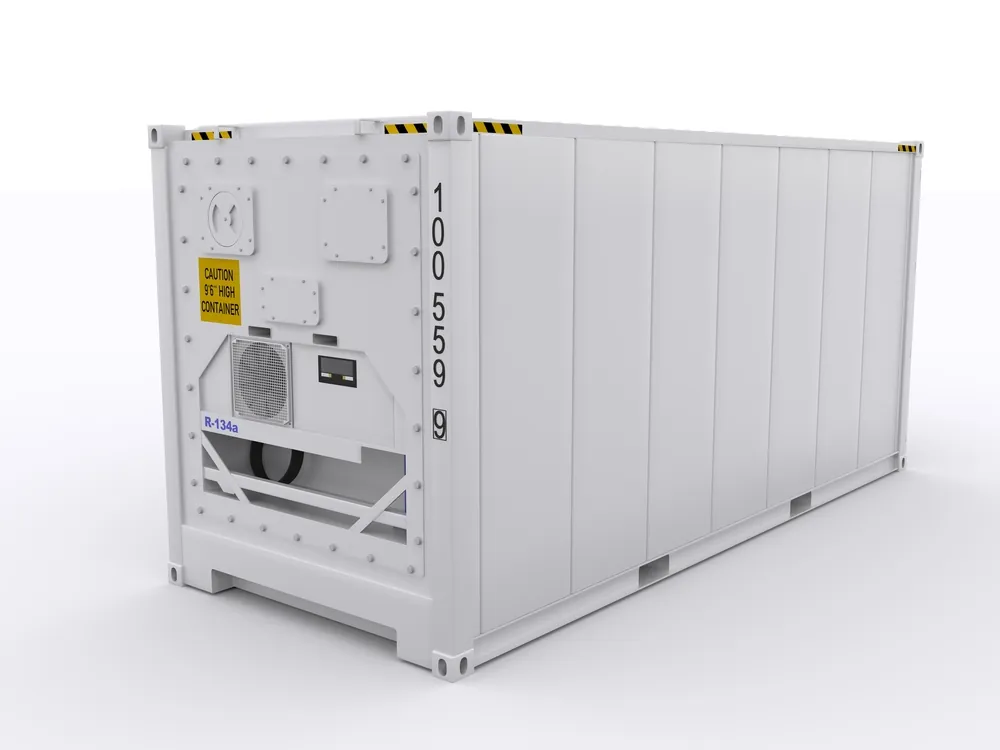The History of Shipping Containers: In 1956, shipping containers were invented by Malcolm McLean, revolutionizing the global shipping industry. These containers were invented in response to the need for sturdier crates or containers because the current ones were breaking under weight. Since 1956, the overall design of a shipping container has remained the same. Malcolm Mcclean was a trucker and entrepreneur who wanted to create a more efficient loading system, allowing for loading at the point of origin and for goods to be transported without unloading, being delivered directly to the destination.
Standardization: ISO containers are the most common type of shipping container. An ISO container adheres to the international standards of the International Organization for Standardization. Standardization ensures that containers can be used and transferred for different transportation modes.
Shipping Container Sizing: The two most typical container sizes are 20 and 40 feet long. Different container sizes, both larger and smaller, also exist to accommodate the varying cargo requirements.
Intermodal Function: Shipping containers are designed for intermodal transportation. They can easily be transferred from trucks, ships, and trains without unloading.
Corner Castings: A shipping container is designed with four corner castings essential to structural integrity and handling ease. Corner castings allow containers to be lifted by cranes and remain secure.
TEU Measurement: One TEU is equivalent to a standard 20-foot container, with larger containers measured in multiples of TEUs. Capacity is usually measured in twenty-foot equivalent units.
Repurposing: Shipping containers have purposes beyond just transporting goods. They have been repurposed for various applications, including offices, homes, art installations, and pop-up shops. They have been used to build houses and homes, affordable student housing, cafes, mobile offices, co-working spaces, container hotels, and disaster reliefs.
Environmental Impact: Container shipping is more eco-friendly than other traditional shipping methods. Container ships are efficient and reduce fuel consumption and carbon emissions per ton of cargo.
Container Ships: Container ships are a vital component of interconnected logistics networks, with the most significant ships carrying thousands of TEUs, and are critical to global trade.
Double Stacking: Numbers of railroads and specialized container ships can double-stack containers. This strategy maximizes cargo volume while increasing transportation efficiency.
Refrigerated Containers: Shipping containers are built with refrigeration units, which allow them to ship temperature-sensitive products such as fruits, vegetables, and pharmaceuticals.
Container Security: Shipping containers are sealed and secured to prevent unauthorized access. Seals are inspected upon arrival to ensure the shipment was not tampered with during transit.
Container Tracking: GPS, RFID, and other advanced tracking systems monitor the shipping container’s location and status. This helps improve logistics and security.
Containerization Impact: The widespread use of containers has reduced the cost of shipping. It has also contributed to the globalization of trade through increasing efficiency.
Most Shipping Containers are made in China: 95% of shipping containers are in China. Production is usually based in China due to cheaper labor costs, and the country is a significant force in the container manufacturing industry.
Shipping containers are critical to the logistics and shipping industry. Modern shipping containers have paved the way for efficient and reliable global trade with their robust and sturdy nature. Standardization, versatility, and efficiency of these containers have transformed the logistics industry. As a result, goods are less expensive, more reliable, cost-effective, and accessible. Shipping containers have driven significant industry growth and forever changed international logistics.

